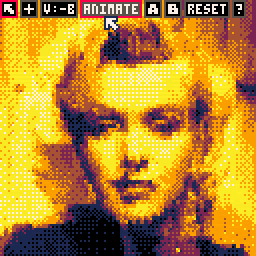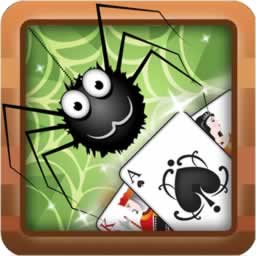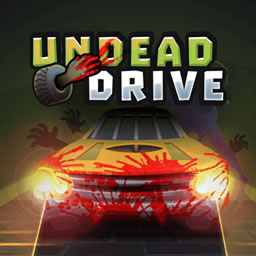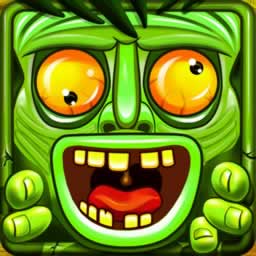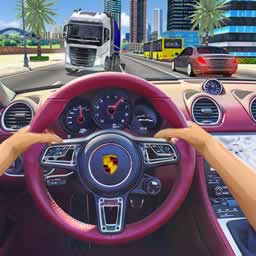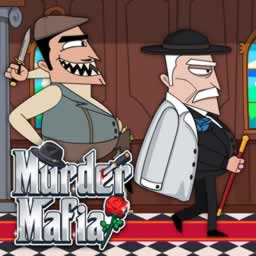Pico Image Morph 2000
 Hawaii Match 3
Hawaii Match 3
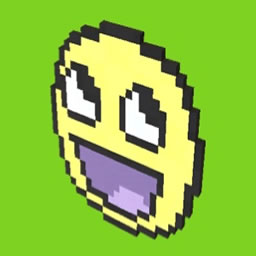 KOGAMA: OSTRY
KOGAMA: OSTRY
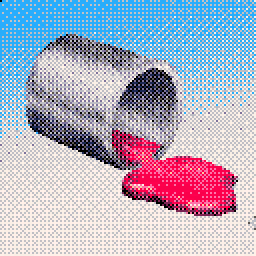 PicoShop Pro
PicoShop Pro
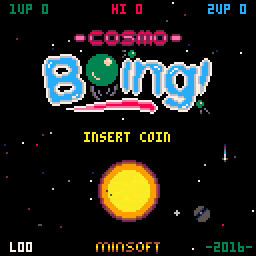 Cosmo Boing!
Cosmo Boing!
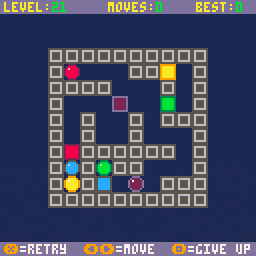 turnabout
turnabout
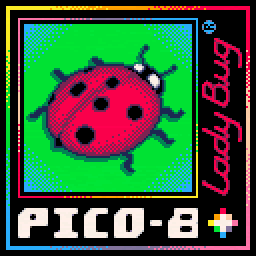 Ladybug Demake
Ladybug Demake
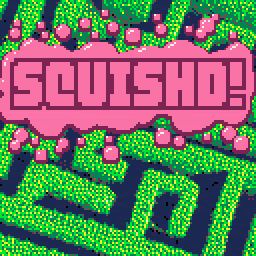 Squishd! - an action game for one to four players
Squishd! - an action game for one to four players
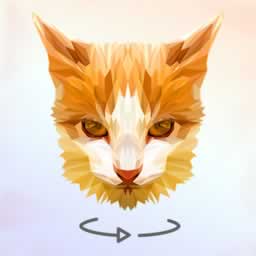 Poly Art
Poly Art
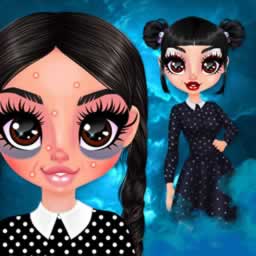 Gothic New Era
Gothic New Era
 Black Friday Mahjong
Black Friday Mahjong
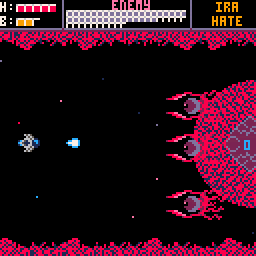 The Violet Signal - A Boss Only SHMUP
The Violet Signal - A Boss Only SHMUP
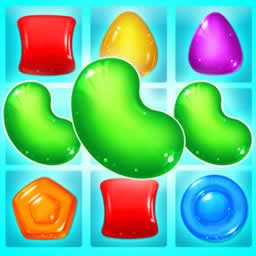 Candy Match
Candy Match
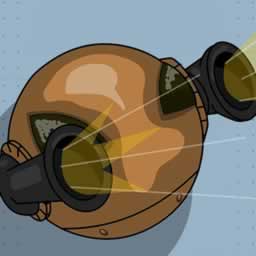 Project Borgs is Out of Control
Project Borgs is Out of Control
 Cookie Crush 4
Cookie Crush 4
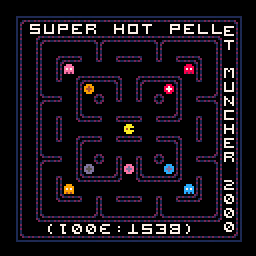 Super Hot Pellet Muncher 2000
Super Hot Pellet Muncher 2000
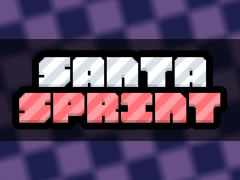 SANTA SPRINT
SANTA SPRINT
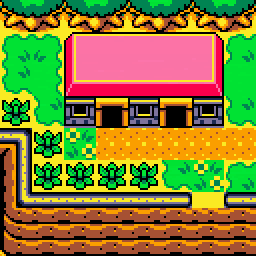 metatile_tester
metatile_tester
 60Hz only - 32col Self Portrait
60Hz only - 32col Self Portrait
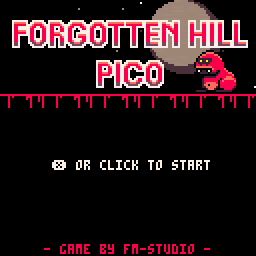 Forgotten Hill Pico
Forgotten Hill Pico
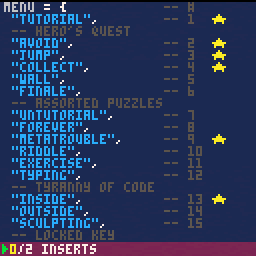 Repuzzle - a Pico-8 Coding Puzzle Game
Repuzzle - a Pico-8 Coding Puzzle Game
 Happy Challah Days!
Happy Challah Days!
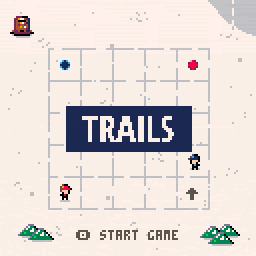 Trails
Trails
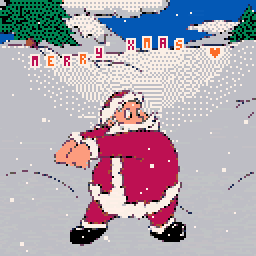 Dance Santa Revolution
Dance Santa Revolution
 Jiraikei Aesthetics
Jiraikei Aesthetics
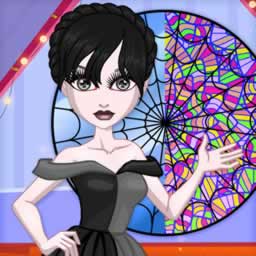 Besties on Wednesday
Besties on Wednesday
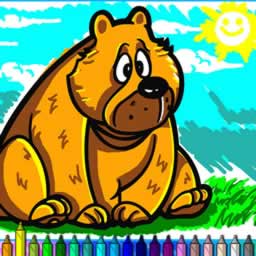 Coloring Books: Animals
Coloring Books: Animals
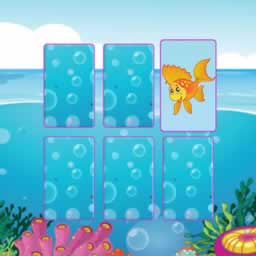 Under the sea
Under the sea
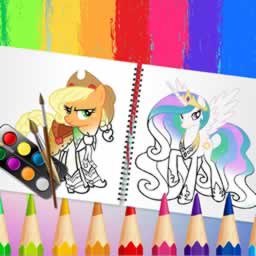 Sweet Pony Coloring Book
Sweet Pony Coloring Book
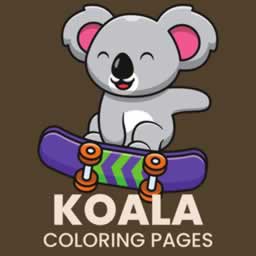 Koala Coloring Pages
Koala Coloring Pages
 Animals Memory Match
Animals Memory Match
 Valentines Cards Match
Valentines Cards Match
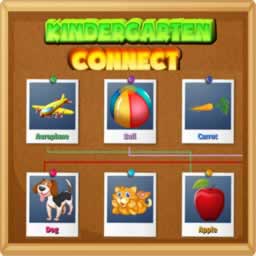 Kindergarten Connect
Kindergarten Connect
 Unicorn Coloring Pages
Unicorn Coloring Pages
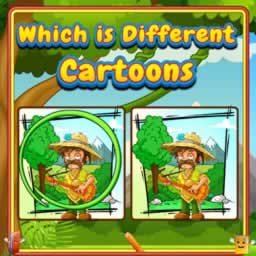 Which Is Different Cartoon
Which Is Different Cartoon
 Fruits Scramble
Fruits Scramble
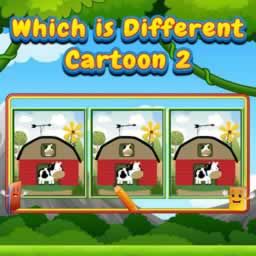 Which Is Different Cartoon 2
Which Is Different Cartoon 2
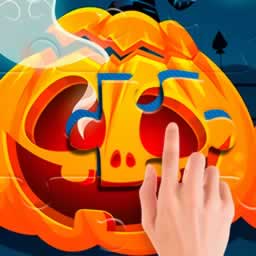 Halloween Puzzle Game
Halloween Puzzle Game
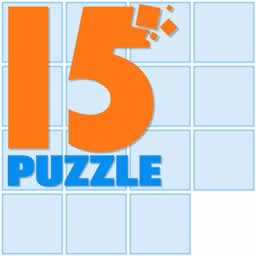 15 Puzzle
15 Puzzle
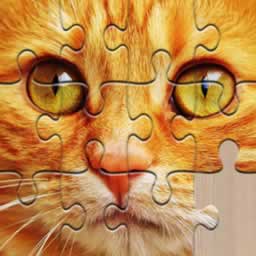 Unlimited Jigsaw Puzzles
Unlimited Jigsaw Puzzles
 Fruits Coloring
Fruits Coloring
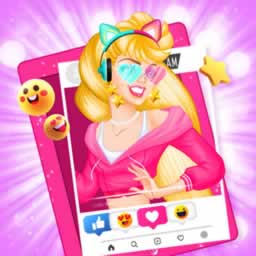 Lovely Streamers
Lovely Streamers
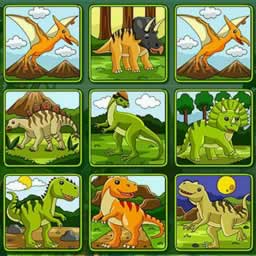 Dino Memory
Dino Memory
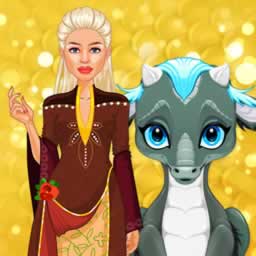 Ancient Dragons Princess
Ancient Dragons Princess
 Blondie in the Real World
Blondie in the Real World
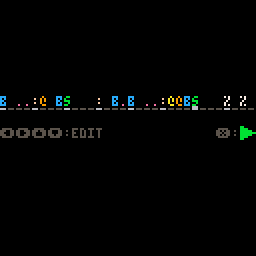 2-bar Micro Rhythm Machine
2-bar Micro Rhythm Machine
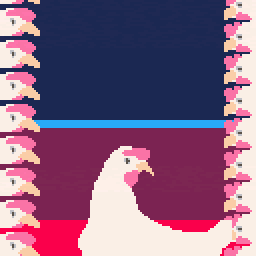 I regret nothing
I regret nothing
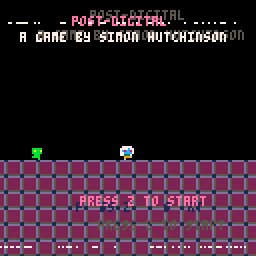 POST-DIGITAL
POST-DIGITAL
Pico Image Morph 2000
Pico Image Morph 2000
Use your personal Pico-8 computer to create professional-quality image morphing effects as seen in blockbusters such as 'Willow' and 'Terminator 2'. Use the power of Pico Image Moprh 2000 to seamlessly transform one person into another or even change a cat into a dog!
Pico Image Morph 2000 can even be used to create wacky deformations! The possibilities are endless!
Instructions:
Pico Image Morph 2000 requires the use of the Pico Mouse Accessory.
While in 'Position Mode', locate deform points along critical portions of the image, such as centers of eyes or the edges of lips.
Switch to 'Deform Mode' to drag deform points to new locations.
Use the 'Onion Skin' button to switch between viewing the Start Image, Target Image, or a blended overlay of both.
Click the 'Animate' button to loop the animation
The system include 5 different image to morph between.
Technical notes:
Morphing is done by using affine triangle transformations, and blending control point and texture coordinate positions for a source and a destination image and then compositing them together. This is a naive way to morph images, but at this resolution it actually works pretty well.
Images are store in strings within the code--they are simply 64X64 16 level grayscale images. I can share the python script if anyone wants it.
https:en.wikipedia.orgwikiMorphing
Totally worth watching is the demo real for Elastic Reality from the early 90's. https:www.youtube.comwatch?v=AD5R7dJM4eU
--Electric Gryphon
License: -
